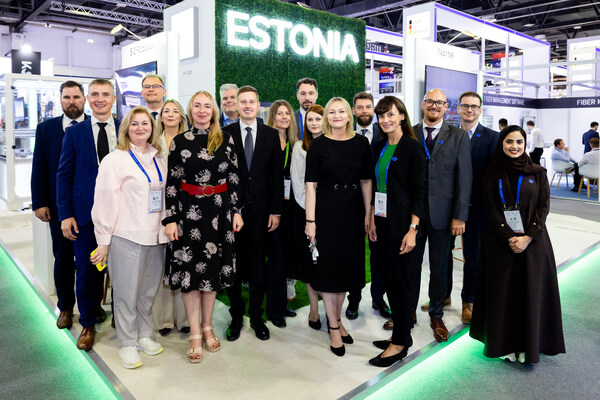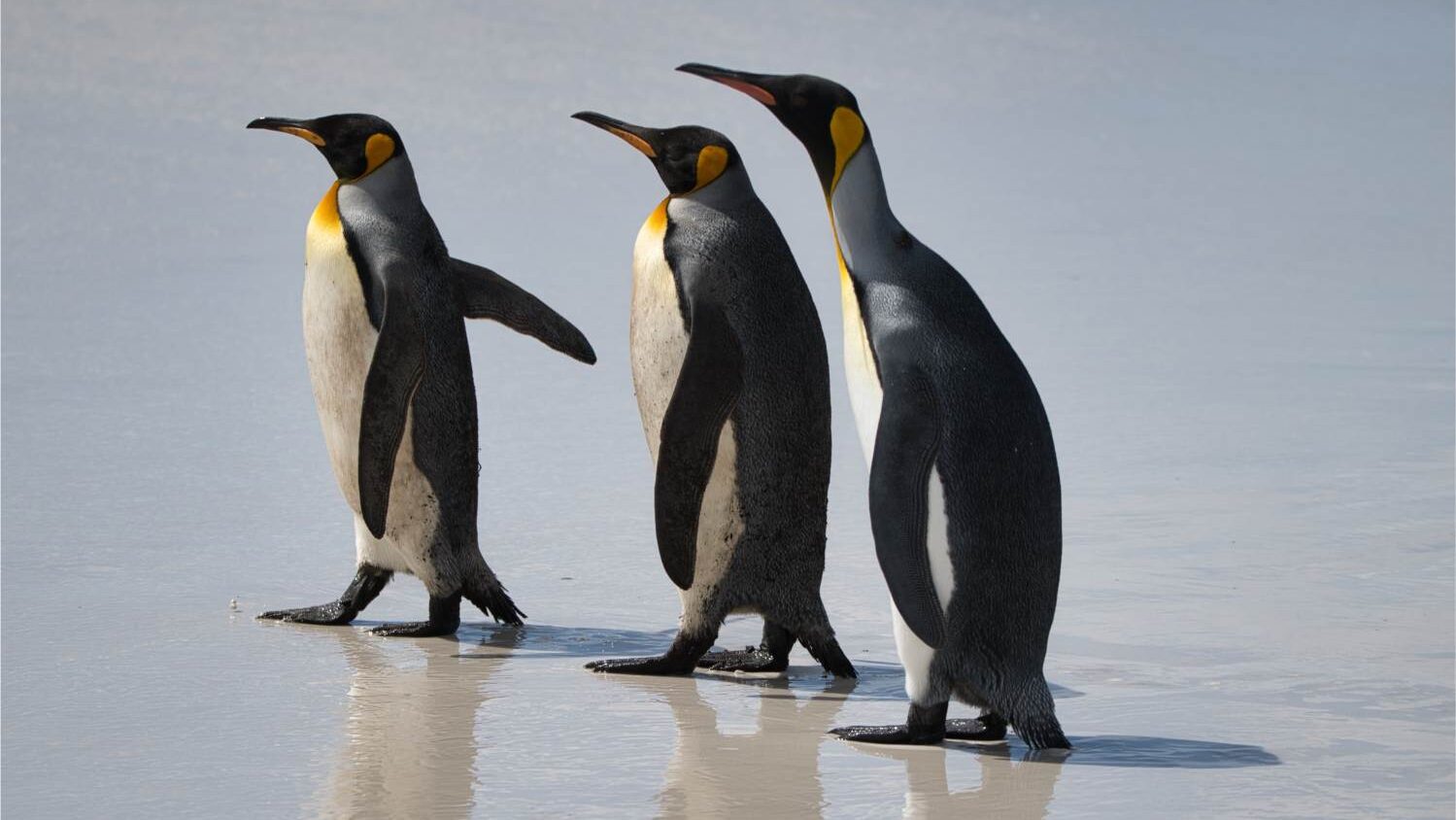In September 2024, this was at the ITS World Congress in Dubai, UAE, showcasing advancements in intelligent transportation systems (ITS). At the congress, Estonia demonstrated how its nimble tech scene is transforming mobility, showcasing technology that increases safety, sustainability, and efficiency in movement and transportation. For example, pavements with sensors and self-driving shuttles. In this way, Estonia’s display was significant in how it emphasized “deep tech.” As Built In defines it, deep tech involves “cutting-edge technologies that build on advanced science and engineering innovations to bring disruptive new products to market.” Not only that, the country’s participation in the congress is a big deal as its solutions were face-to-face with a global audience of innovators, decision makers, and world leaders. The ventures of Estonian engineers are zeroing in on complex societal challenges with their scientific discoveries and advanced computational methods.

Following this, in October, Estonia continued its tech diplomacy at GITEX Global 2024, another event in Dubai, described by GITEX as “the largest and best rated tech and AI event in the world.” Here, Estonia reinforced its influence through new partnerships and collaborations within the UAE. The most significant of these was for the well-known Estonian mobility company, Bolt, as Taste Estonia reported: “the signing of a Memorandum of Understanding (MoU) between Bolt and Dubai Taxi Corporation (DTC)… paves the way for Bolt’s entry into the UAE market…”

Currently in Dubai, local taxis, Uber, and its subsidiary Careem (popular in west and south Asia) are used. Even Bolt’s micromobility solutions, such as electric scooter services, are mirrored by Careem. So the test will be whether Bolt can provide a competitive, distinct service of its own in this market. All this being said, Bolt’s offerings align with Dubai’s stated goals of easing congestion and reducing carbon emissions. The United Arab Emirates had the second highest carbon dioxide emissions in the world in 2022, at 25.83 metric tons per capita. For reference, Canada had 14.25 metric tons per capita and Estonia had 8.03 metric tons per capita.
This startup takes industrial waste biomass and gases and produces carbon, which can be used for automotive parts, circuits, batteries, fuel cells, solar panels, and more.
Estonia’s tech sector has been growing steadily, with a turnover of approximately 1.7 billion Euros in the first half of 2024. It could be said that this growth is a result of supporting scientific research and highly-applicable solutions within universities. For instance, UP Catalyst, a producer of carbon nanotubes from CO2 emissions, came out of the University of Tartu in 2019. This startup takes industrial waste biomass and gases and produces carbon, which can be used for automotive parts, circuits, batteries, fuel cells, solar panels, and more. As Nanordica OÜ’s CEO, Olesja Bondarenko, writes in The Next Web, “I think everyone [in the Estonian ecosystem] realises that science-based startups have a big future if they are indeed supported by academia.”

Another company to keep an eye on is GScan, whose muon flux technology detectors — subatomic particles in other words — produce 3D scans of materials. GScan’s detection technology has applications in the construction industry, transportation, and security. For example, their equipment can detect dangerous substances or the structural condition of a bridge in real-time.

With deep tech, the focus isn’t simply on building convenient or highly profitable consumer products, but on creating real answers for some of society’s biggest issues. And so, as Estonia continues to support and bring its innovators to the rest of the world, the nation is taking action in a way that benefits all of humanity.



